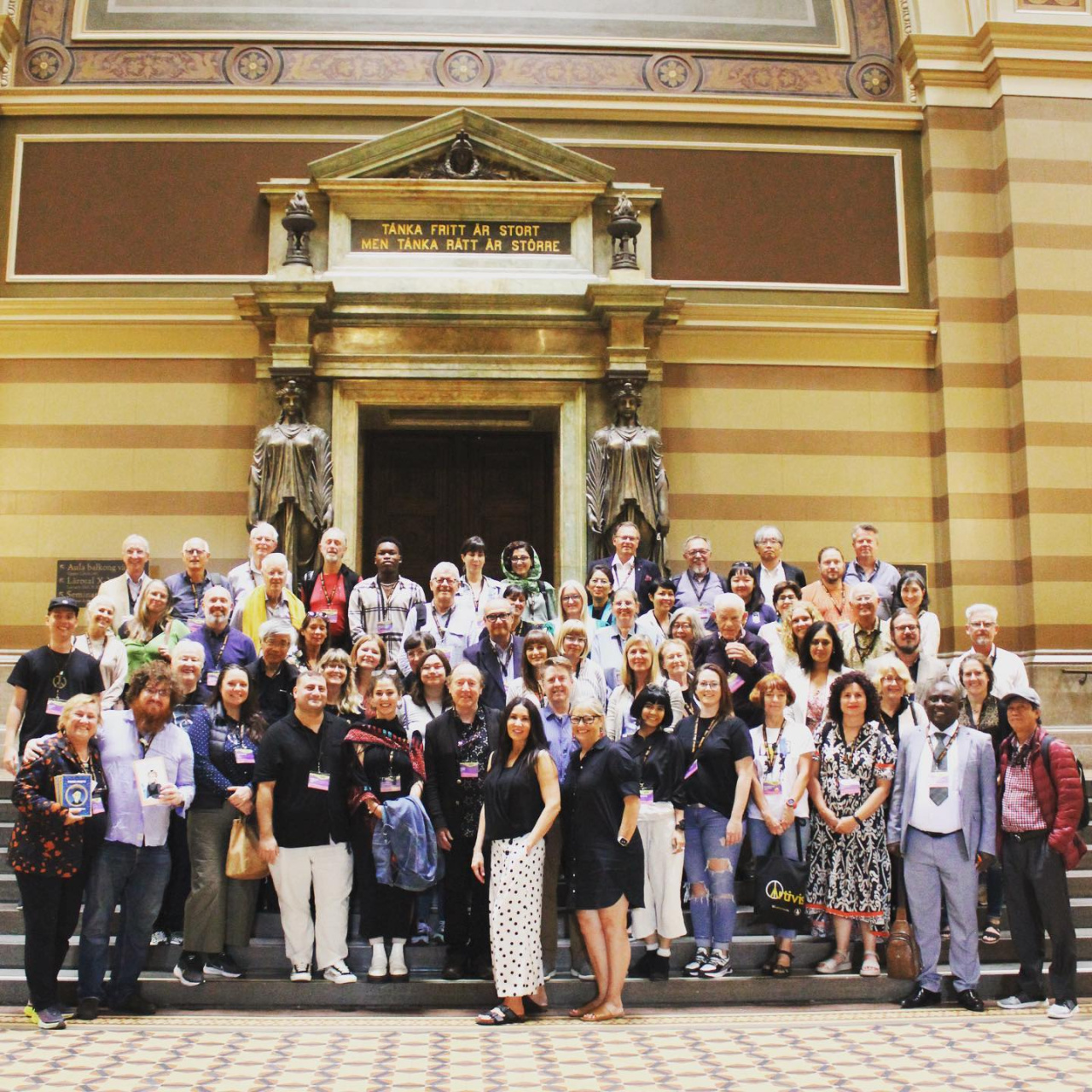The Media Education Centre is a part of the International Network of Peace Museums which was established following a conference in Bradford in 1992. At this conference, for the first time, directors and curators of peace and anti-war museums worldwide came together. The loose network which emerged aimed to promote cooperation between peace museums and to stimulate the creation of new peace museums across the world. media Education Centre will include in the INPM our PEACE activities: Danube Peace Boat E.U.R.O.P.E, International Cities of Peace in Europe – Balkans and Danube Countries and Building PEACE.

Background – Early years
Between 1992 and 2009, the network was very informal, sustained by occasional newsletters between international conferences. As the number of peace museums worldwide increased, however, the network needed to formalise its structures. Steps towards addressing this were taken at the Gernika conference of 2005, including changing the name of the organisation to the International Network of Museums for Peace (INMP).
In 2009 the INMP was established as a foundation (nonprofit) in The Hague and, with the support of the municipality, opened its secretariat and archive in the Bertha von Suttner Building near the Peace Palace in 2010. Since 2014 the INMP, as an international NGO, has been granted special Consultative Status from the UN ECOSOC and gained ANBI status in the Netherlands. The foundation consists of a General Coordinator, ten international Executive Board members and twelve international members in the Advisory Committee. In 2018, the INMP Office in the Hague was closed and moved to the Kyoto Museum for World Peace at Ritsumeikan University, Kyoto, Japan.
Museums for Peace
The definition of Museums for Peace according to the INMP is a non-profit educational institution that promotes a culture of peace through interpreting, collecting and displaying peace-related material. They inform the public about peace and nonviolence using illustrations from the lives of individuals, the work of organizations, campaigns and historical events. Included are also peace-related sites, centres and institutions which are involved in peace education through exhibitions, documentation and other related activities.
Since 1992 the aims of the INMP have been:
to promote cooperation between peace museums and to stimulate the creation of new peace museums across the world. However, with the establishment of the INMP as a foundation, five more aims have been added.
To the secretariat, to make a mainstay in the daily operation and development of the INMP and
to recruit an extensive database of Museums for Peace. As well as organizing international conferences, educational projects and travelling exhibitions on the promotion and stimulation of peace.


